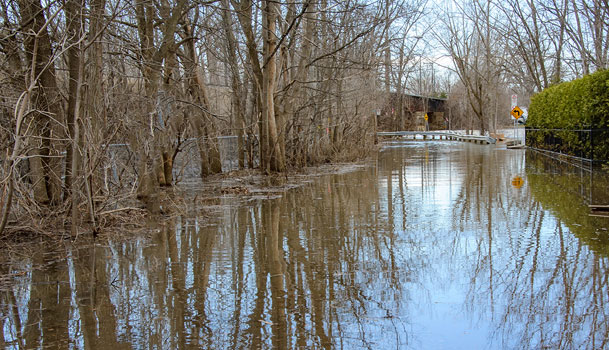This content is intended for the public covered by the exceptions of the Charter of the French language and its regulations. If you read on, you confirm that you fall within one of these exceptions.
High winds
High wind events have become increasingly prevalent across our region. Learn how to protect your family and your property.
How to prepare in the event of an alert
A high wind alert warns you about the potential dangers. Take the following measures immediately:
- Secure or store any outdoor items that could blow away in the wind (garden furniture, barbecue, recycling bags or garbage bins).
- Identify a safe place inside your home (basement or room on the ground floor, such as a washroom, wardrobe or hallway).
- Cancel all non-essential travel.
- Bring your family to the safe location identified.
- Move away from doors and windows.
- Monitor the situation as it develops via weather alerts, radio and television updates, and the city’s website and social media platforms.
- Seek refuge in a solid building.
- As a last resort, shelter in a ditch or on hollow ground, lie face down, and use your hands to protect your head.
- Exercise caution.
- Move around debris.
- Never touch downed power lines.
- Report outages to Hydro-Québec.
Prepare to be autonomous. In the event of a disaster, make sure you have enough supplies to meet your needs and those of your family for a minimum 72 hours.
What are the potential consequences?
High winds occur during an atmospheric depression or a local weather event and are often accompanied by rain, glazed frost, or storm surges.
These events can cause:
- prolonged power outages
- uprooted trees
- roof damage
- flooding
- landslides
- dam failures
- forest fires


